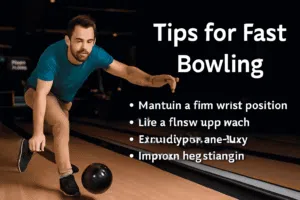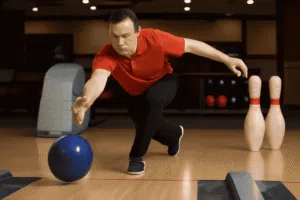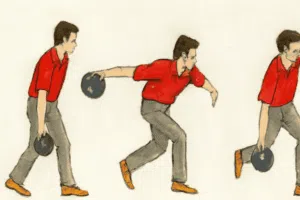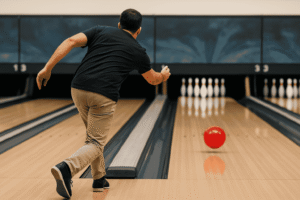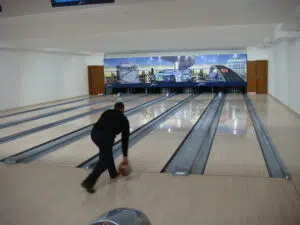To properly curve a bowling ball, start by standing with your feet shoulder-width apart, knees slightly bent, and holding the ball in a relaxed but secure grip. As you walk toward the lane, keep your focus locked on the arrow closest to your target. When it’s time to release, pull your thumb out first and let your fingers rotate up the side of the ball to create the spin that makes the ball hook. The key is in timing—release at the lowest point of your swing and adjust your grip or finger motion slightly depending on how much curve you want. This takes practice, but over time, with the right focus, control, and attention to the lane’s conditions, you’ll be able to hit those pins consistently and confidently.
This explanation covers everything a beginner or intermediate player needs to know to start curving the ball like a pro—without being overwhelming.



